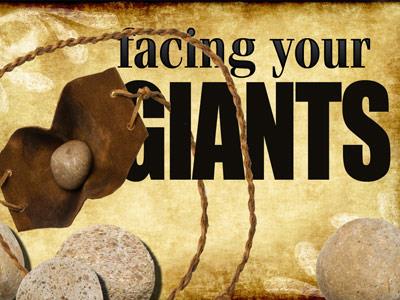-
Different Kind Of Legacy
Contributed by Joseph Smith on Nov 28, 2017 (message contributor)
Summary: Our legacy is not in monuments, but in a spiritual and relational community, one which is ultimately redemptive. Washington Plaza Baptist Church, Reston, VA
The older I become the more interested I am in those who have gone before me. Before I join my ancestors out there, I’d like to know more about them. It might make for some very interesting conversation up on Cloud Nine if I know about not only my parents and my grandparents, but also some of the greats and grands who went before. I am, after all, their legacy. I am who I am in some measure because of who they were and what they did. So the fact that I am now 71 and family history suggests I might have less than ten years to live has got me into the study of genealogy.
Now when you look into your genealogy, you have to be prepared for some surprises. Most people go looking for powerful, wealthy, accomplished relatives, as if that would somehow give them a special cachet. I have to say that my family exhibits none of those qualities. None. No buildings with our names on them because we gave a gazillion dollars. No royalty, unless you count Opechanchanough, the 17th Century chief of the Powhatans and uncle of Pocahontas. He’s my seven-times great-grandfather. No composers, artists, or authors, unless you count my great-uncle Frank Moorman, who published a little pamphlet called, “It’s Smart To Be Born in Kentucky”, a pamphlet that is full of exaggerations, fictions, and outright lies. Some legacy, huh?
And it gets worse. Those of my mother’s forebears named Moorman came from the Isle of Wight, off the southern coast of England. In corresponding with an email list focused on that island, I got a reply from someone who had the name Moorman in his ancestry. However I was less than pleased when he reported, “John Moorman was known as a smuggler and a murderer.” Ouch! That hurt.
So about a year ago my brother and I traveled to Kentucky and Indiana to visit family-related sites. We scoured graveyards, we lingered in libraries and genealogy centers, finding out what we could about our ancestors. Some of that work involved stumbling around backwoods family graveyards, with headstones turned over, or rummaging through disorganized files in county libraries.
But we did find lots of information – again, some of it not so pleasant. In Noble County, Indiana, we discovered that my great-grandfather and great-grandmother, Van Buren Smith and Emily Davault Smith, divorced about five years after the birth of my grandfather. We found out why. Great-grandma Emily had borne a son to a French Canadian man, Venal Dupuys, and after the divorce lived with him in common-law. The child’s name was Anglicized, perhaps to hide his parentage. He was called John Corwin Wells. Growing up, I had heard of the Wells family, but never knew how they connected. The secret had been kept from my tender ears. But now I know that there was something shameful in the family. Part of my legacy. Not what I would have wished for, but part of the legacy nonetheless.
So, count it up; thus far I have identified a smuggler-murderer, a liar, and an adulteress. My legacy? If that is what I have inherited, what do I do with that, and what do I personally leave behind?
I suspect that some of you have read the works of Erik Erikson or Daniel Levinson or even the popular writer Gail Sheehy. All of them speak about our need to establish, conserve, and interpret our legacy. What legacy will we leave and how will we make it happen? When we get a little older, we are not only interested in those who have gone before us, but are also concerned about what sort of legacy we will leave after we die. We worry about whether our lives will matter and our achievements will be recognized.
King David was also getting a little older. And King David thought he had an idea that would cement his legacy in place. He would build a temple; he would construct a house for God. He had built his own palace, he had defeated most of his enemies, and so he said to the preacher Nathan one day, “We ought to have a better church building than this raggedy old tent.” Well, or words to that effect; I am reading not from the KJV or the NRSV, but from the SUV, the Smith Unpublished Version. “Look here, Nathan; I don’t feel comfortable going to worship out here in this nothing place. Looks like it was built in the ‘60’s, looks forbidding. Let’s do something different. Let’s build a real temple, a house that looks like a church, with a steeple and everything. And, oh, by the way, Nathan, it should have my name on it, or at least a stained glass window so that others will remember me as the builder.”

 Sermon Central
Sermon Central



